Art Can Be Fun
In this special episode, Alex Ralston teaches visitors to the website’s headquarters how to examine art critically
March 2, 2015
Art seeks to entertain, to delight, to inform, to emote, to satiate, to tell stories of known and unknown worlds. Some have suggested that art is the only true escape from the tragedy of human life, the only color in an otherwise bleak world. Art seeks to disturb the comforted, and comfort the disturbed. Whatever interpretation one may have of art, they can’t deny that it is a pivotal piece of human culture that has had a lasting impact on our history.
Over the years, art has been redefined by generation after generation, each one readjusting and moulding artistic mediums to create beautiful works and craft different styles. And some critics have bashed and reprimanded artists for turning away from traditionalism and exploring new realms and techniques. But do the critics know that they may not be truly working to understand the art? Do they not get that they may not be analyzing the works with the best of effort and with the least of prejudice?
In this article, we’ll look at some of modern art’s greatest pieces, looking for meaning and analyzing to the fullest of our abilities, with every faculty we possess.
Josef Albers’ “Homage to the Square”
Well, obviously these pieces are, um… well, let’s look at the squares here. These squares are colored, placed inside of each other. Yeah, that’s a start. So, these squares — look at how they sit on the canvas. They’re concentric, and… There’s a few different colors, you know? And maybe, if you want to look at the right way, they could be some fun pictures of egg yolks. That’s — it’s very — yeah. Maybe this isn’t the right one to look at. This is probably way too deep for our level of art knowledge.
Statue installation outside of Tate Modern Art Museum
Why is this even…? Okay, no judgments, we’re going to analyze and understand. So, obviously this is a human body. The viewers, the audience, can see the organs inside the body — we are able to look into this person’s soul. I think? Maybe? But look at the location of this. It’s out in the open, for all viewing. What does this say about the human condition? Are we really just trying to show our true colors — what’s on the inside– when we go into public? Are we all just biology class teaching aids, sculptures that science classrooms use so the anatomy unit moves smoothly and easily? That’s actually really deep when you think about it. Also, look at the emotion on the face. Can you sense this person’s despair? They are putting themselves out in the open, on a pedestal, and people sit turned away. Nobody, unless they are completely ignorant and uneducated, could deny that this piece is compelling and beautifully intricate upon close examination.
Jackson Pollock’s “Autumn Rhythm”
What can be said about Jackson Pollock? One of the most pivotal players in the abstract expressionism movement, Pollock employed a style called “drizzle painting,” which is exactly what it sounds like. And what it looks like. So what exactly are we looking at in this painting? Well, paint. But look at the arrangement of the different “strokes.” They’re overlapping, hectic, expressive, and maybe even energetic. But aside from being visually pleasing, or just being visual in some sense, this painting has much more to offer.
Take a look at the title — “Autumn Rhythm.” So, what exactly does that mean? No honestly, what does that mean? I couldn’t really say, but it looks like Pollock employs various autumnal colors: yellows, oranges, blacks, whites. Actually, is this supposed to be an atomic deconstruction of a tiger sitting in front of a yellow background? When viewed in this manner, it’s very clear that the title is really an aversion, a distraction, if you would. Is Jackson Pollock really just asking the audience to make their own meaning of this? If so, that is really deep.
Henri Matisse’s “L’Escargot”
This right here is art. It’s colorful, abstract, and laid out in a thoughtful way. The title of this piece translates literally to “the snail” in English. So, where is the snail? We’ll come back to that later, but keep it in mind. So, notice the arrangement of these colored tiles. It looks like Matisse just threw a ton of scrap construction paper onto a canvas, then laid a glass square over the paper scraps to keep them from moving. And, what is that in the red tile? Are those people? What is Matisse trying to say by putting those people in a red square? Maybe — wait, never mind. That’s just a reflection in the glass of people observing the artwork.
But back to the title. “The Snail.” Now, we could either take the high road like plebeians and say that the title holds no real meaning, or we could act like the cultured art critics we are and analyze by digging deeper. Matisse is a member of the Fauvism movement, which is named after the French word for “beast.” So, are snails the real beasts in the world? Are the slow-moving ones in society the most beast-like and dangerous? Or did Matisse have the artistic foresight to realize that the people in the museum might see their reflection while looking at this piece? Are the real snails the audience? Are people snails? Are we just snails?
Japanese Flag
Is this even art? Do we dare defy the conventional view that this is just a flag? As art critics, it is our obligation to overthrow the orthodox and work to define true art. So, the government tells us that this is a “flag.” Nice try. I know better than that. All of our world leaders have been repeatedly trying to convince the world that this dot represents a sun. But is it really? What else could it represent? Look at the title of this piece — “Japanese flag.” We know better to trust the leading forces in world diplomacy. No, this isn’t a flag. This is an oblique view of a red ball, suggesting that the artist was trying to impart a sort of playfulness. And what has the government done to this symbol of human joy and youthful activity? They have turned it into a flag to represent a country. The message here? Government will always seek to repress happiness. Now that’s as insightful as it gets.
So, as I have demonstrated, there’s always a deeper meaning to the art we see. Art is meant to tell stories, and unless we read into the meaning, past the superficial, we’re missing out. Really and truly.


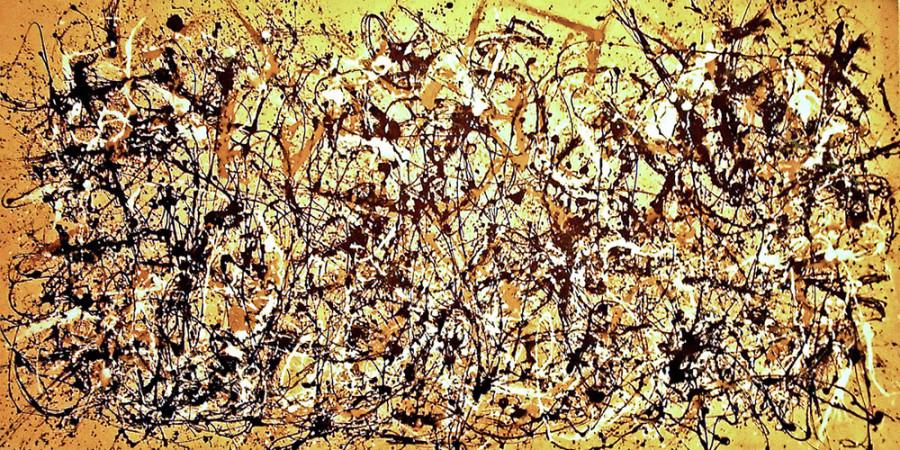
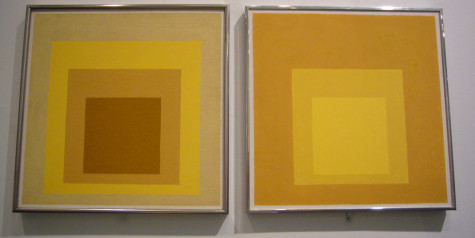
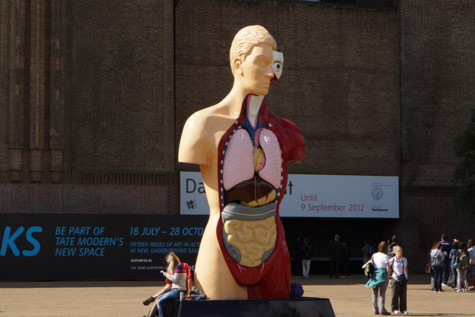
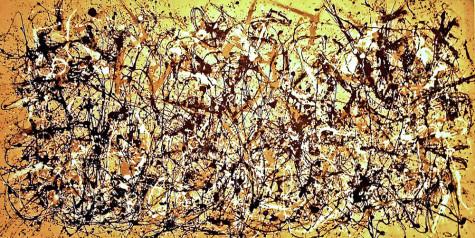
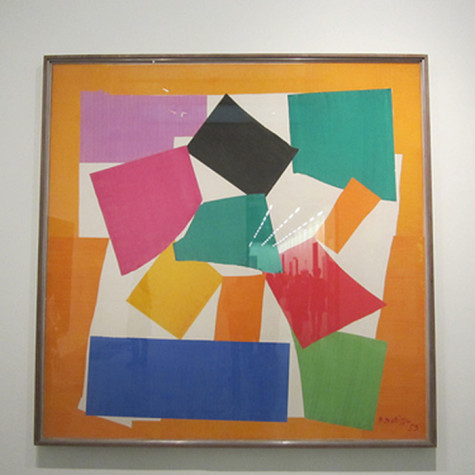
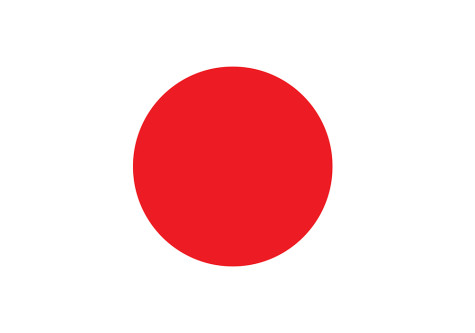

Brian Q Hayes • Mar 2, 2015 at 1:58 pm
Just because you can’t appreciate something doesn’t mean you should spread subjective slander on the internet. Grow up.